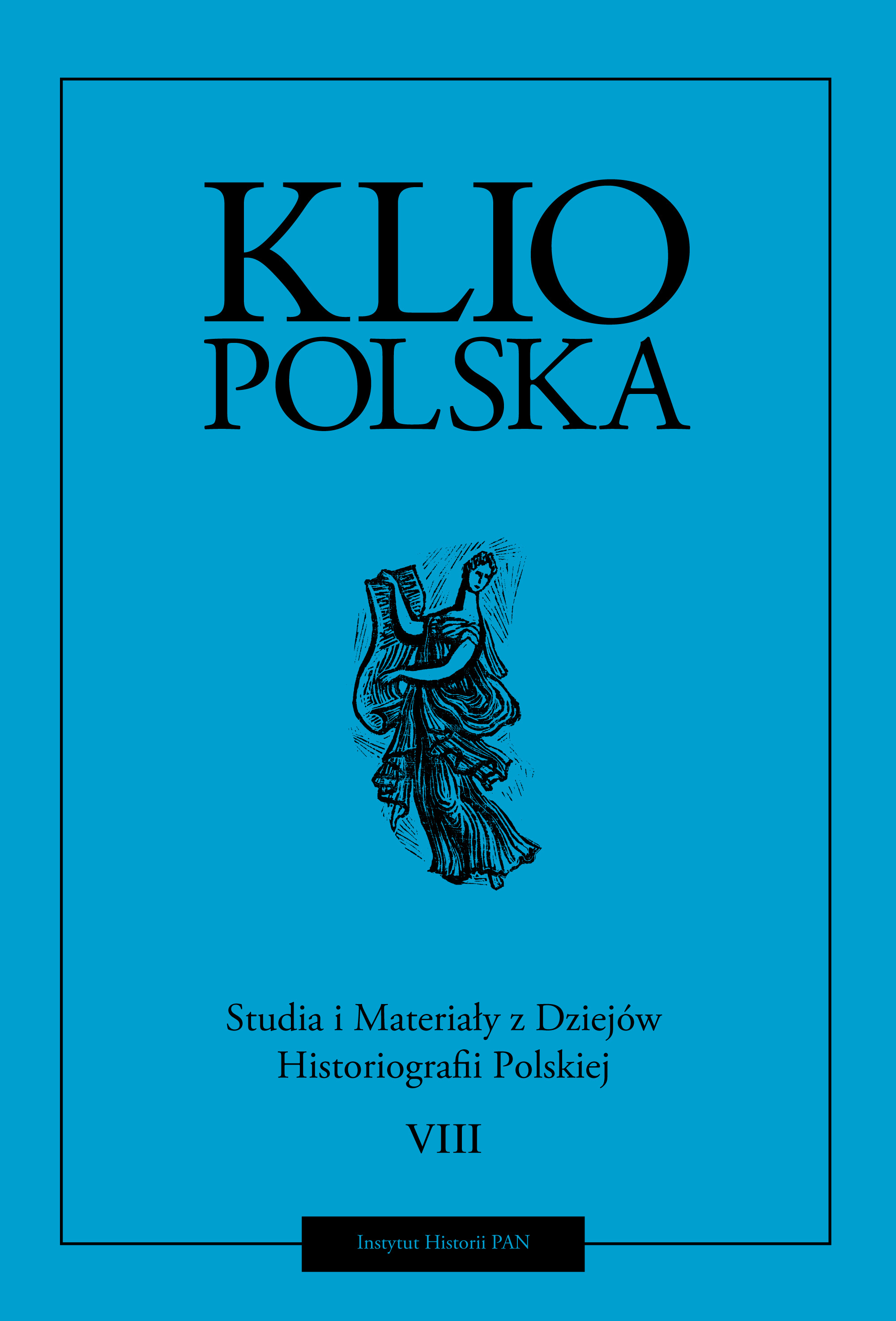Niemiecka medycyna niematerialistyczna 1797–1848 w świetle historiografii z lat 1811–2014
German non-materialistic medicine in 1797–1848 as seen in historiography from 1811–2014
Author(s): Bożena Płonka-SyrokaSubject(s): History, History of ideas, Social history, Modern Age, Recent History (1900 till today)
Published by: Instytut Historii im. Tadeusza Manteuffla Polskiej Akademii Nauk
Keywords: German romantic medicine; romantic standard in medicine; the historiography of German medicine;
Summary/Abstract: German non-materialistic medicine arose in opposition to the main modernisation trends in European medicine, known for drawing their inspiration from the philosophy of the Enlightenment. The model of this non-materialistic medicine, referred to in historiography as a ‘romantic’ one, owed its existence to the efforts of the Prussian authorities who created it in 1797, relying on the assistance of local doctors and philosophers. It was introduced by the administrative order to the medical departments at German universities both in Prussia and in the rest of Protestant Germany. Because the model was at variance with the dominant European standards, its introduction into the University curricula met with opposition from many German doctors – those affiliated with universities and ordinary physicians. However, this opposition failed to affect the position held by the authorities who did not shy away from imposing the norms of scientific rationality on German universities. It was not until the Spring of Nations that this romantic model was removed from German academia. From 1849 onwards the clinical training remained in line with European standards. As the German romantic model – so far removed from the one prevalent at that time in Europe – received so severe a criticism from medical circles, the history of medicine showed no interest in it until the latter half of the twentieth century. Texts devoted to this appeared almost exclusively in German. The purpose of this article is to characterise the phases the historiography of German romantic medicine has undergone since 1811, i.e. since the inception of the professional historiography of German romantic medicine. The author’s aim is to highlight the principles that underlay each of the medical models presented in the article and to show the dependence of the way in which the models were evaluated in historiography on the existing medical knowledge.
Journal: Klio Polska
- Issue Year: 2016
- Issue No: 8
- Page Range: 145-174
- Page Count: 30
- Language: Polish

